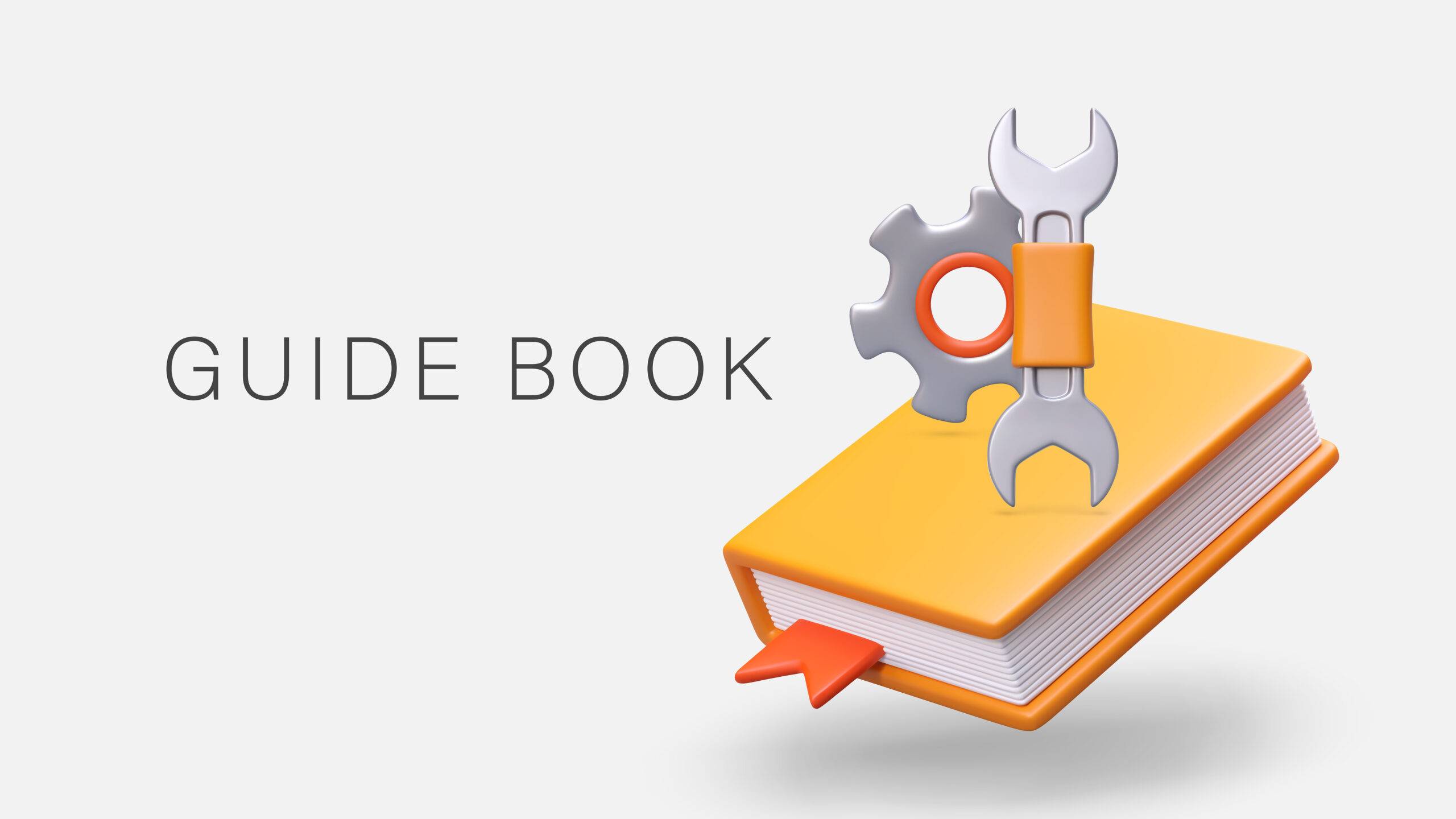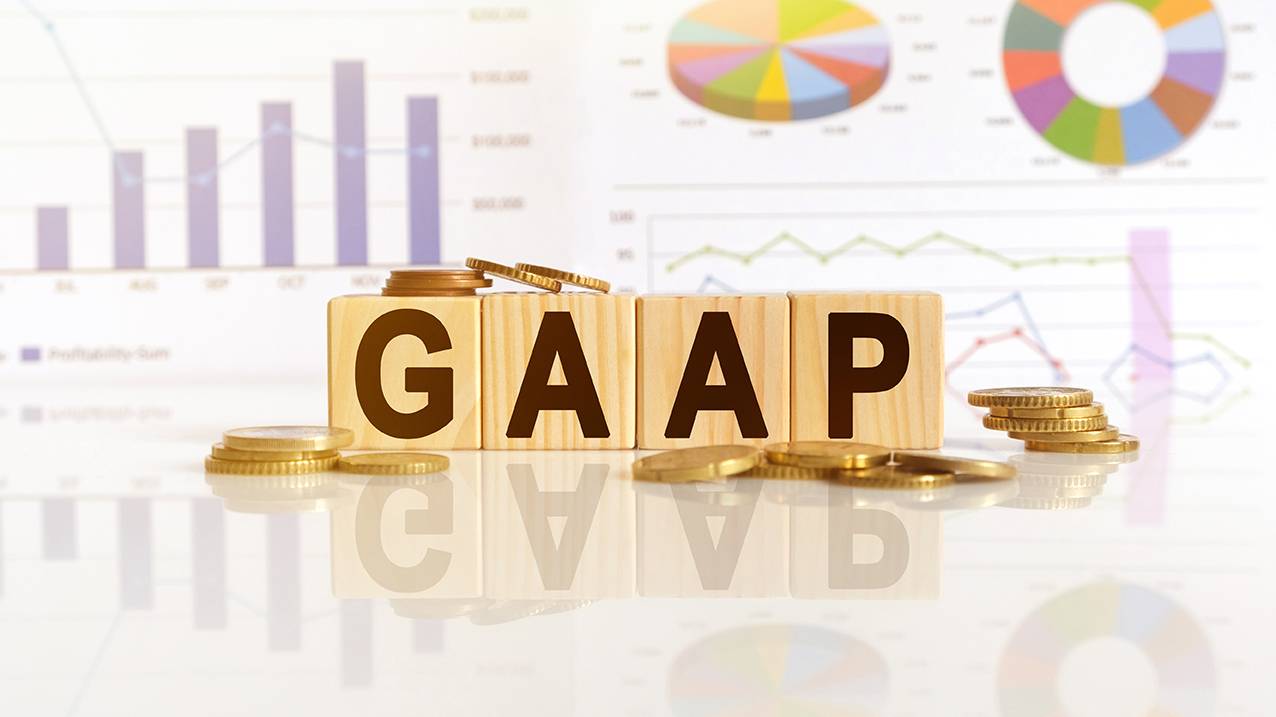Self-Study
The Year-End Close
Learn systematic year-end closing procedures for receivables, inventory, fixed assets, payables, and payroll.

$87.00 – $107.00
Webcasts are available for viewing Monday – Saturday, 8am – 8pm ET.
Without FlexCast, you must start with enough time to finish. (1 Hr/Credit)
Please fill out the form below and we will reach out as soon as possible.
CPE Credits
3 Credits: Accounting
Course Level
Overview
Format
Self-Study
Course Description
The Year-End Close clarifies for the accountant the intricate series of activities needed to correctly close the books at year-end. Following the guidance in this end-of-year accounting CPE course reduces the risks of having closing errors and issuing incorrect financial statements. The end-of-year accounting CPE course itemizes closing activities for the fiscal year, as well as other activities required at the end of the calendar year. There is a particular emphasis on such major areas of accounting as receivables, inventory, fixed assets, payables, and payroll. Additional tasks required for the year-end close of a publicly held company are also described.
Learning Objectives
Upon successful completion of this course, participants will be able to:
- Recognize the staffing policies needed to ensure that there are sufficient staff on hand to complete the year-end close.
- Identify the activities involved in archiving accounting documents.
- Specify the steps involved in the construction of the annual budget.
- Identify the contents of the year-end binder.
- Recognize the situations in which a soft close is more likely to result in financial statement errors.
- Specify how to verify the reasonableness of the balance in the allowance for doubtful accounts.
- Recognize the tasks involved in the year-end examination of open jobs.
- Identify the evaluation criteria stated in the lower of cost or market rule.
- Specify the methods used to recognize fixed assets reclassified out of the held-for-sale classification, and fixed assets that have been abandoned.
- Specify the distribution of the Form 1099-MISC, as well as how the form is to be completed.
- Identify the trigger that causes a change in the experience rating assigned by a government.
- Recognize the role of EDGARizing in the year-end close.
- Specify the steps required for the preparation of financial statements.
Course Specifics
1183424
October 17, 2024
There are no prerequisites
None
84
Compliance Information
CMA Notice: Western CPE makes every attempt to maintain our CMA CPE library, to ensure a course meets your continuing education requirements please visit Insitute of Management Accountants (IMA)
CFP Notice: Not all courses that qualify for CFP® credit are registered by Western CPE. If a course does not have a CFP registration number in the compliance section, the continuing education will need to be individually reported with the CFP Board. For more information on the reporting process, required documentation, processing fee, etc., contact the CFP Board. CFP Professionals must take each course in it’s entirety, the CFP Board DOES NOT accept partial credits for courses.
Meet The Experts

Steven M. Bragg, CPA, is a full-time book and course author who has written more than 300 business books and courses. He provides Western CPE with self-study courses in the areas of accounting and finance, with an emphasis on the practical application of accounting standards and management techniques. A sampling of his courses include the The New Controller Guidebook, The GAAP Guidebook, Accountants’ Guidebook, and Closing the Books: An Accountant’s Guide. He also manages the Accounting Best Practices podcast. Steven has been the CFO or controller of both public and private companies and has been a consulting manager with Ernst & Young and …
Related Courses
-
 Accounting
Accounting
Accountants’ Guidebook
Steven M. Bragg, CPA QAS Self-Study
Credits: 30 $600.00
QAS Self-Study
Credits: 30 $600.00$600.00 – $640.00
-
 Accounting
Accounting
Accounting Fraud: Recent Cases
Joseph Helstrom, CPA QAS Self-Study
Credits: 1 $29.00
QAS Self-Study
Credits: 1 $29.00$29.00 – $49.00
-
 Accounting
Accounting
GAAP Guidebook
Steven M. Bragg, CPA QAS Self-Study
Credits: 29 $580.00
QAS Self-Study
Credits: 29 $580.00$580.00 – $620.00
